We've found 1000 matches for your search. Order by
Results
-
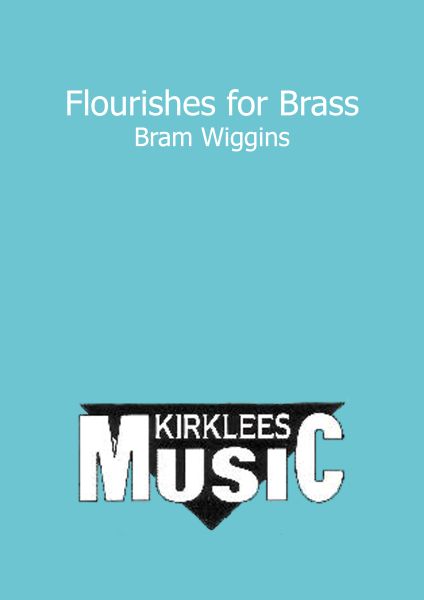 £21.50
£21.50Flourishes for Brass
Estimated dispatch 7-14 working days
-
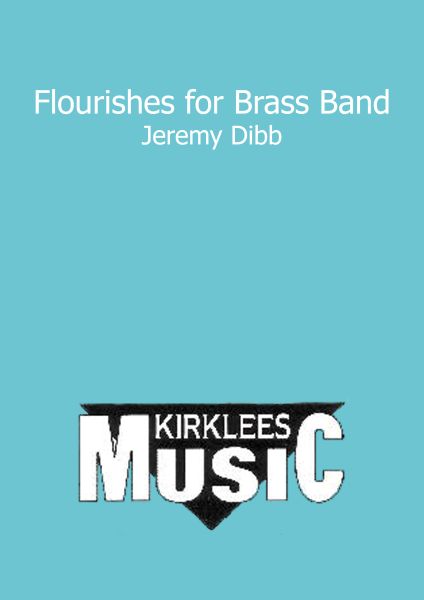 £19.50
£19.50Flourishes for Brass Band
Estimated dispatch 7-14 working days
-
 £34.95
£34.95Four Fors For Brass
Estimated dispatch 7-14 working days
-
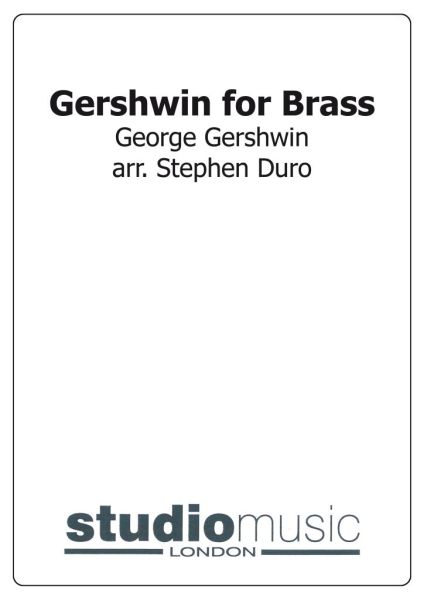 £44.95
£44.95Gershwin for Brass
Includes: I Got Plenty O' Nuttin'; Love is Here to Stay; A Foggy Day; Love Walked In; Nice Work If You Can Get It.
Estimated dispatch 7-14 working days
-
 £44.95
£44.95Irving Berlin for Brass
Includes: A Couple of Swells; Change Partners; Easter Parade; The Piccolino; There's No Business Like Show Business; Top Hat, White Tie and Tails; We Saw the Sea.
Estimated dispatch 7-14 working days
-
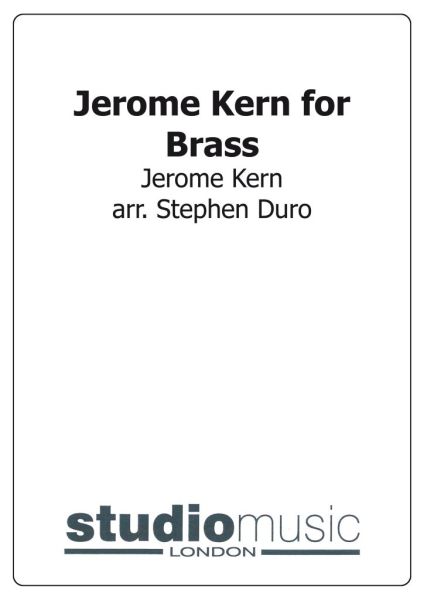 £44.95
£44.95Jerome Kern for Brass
Estimated dispatch 7-14 working days
-
 £69.95
£69.95Little Suite for Brass No.1 Op.80 (Score and Parts)
The three movements are: Prelude; Siciliano; Rondo.
Estimated dispatch 7-14 working days
-
 £32.95
£32.95Little Suite for Brass No.1 Op.80 (Score Only)
The three movements are: Prelude; Siciliano; Rondo.
Estimated dispatch 7-14 working days
-
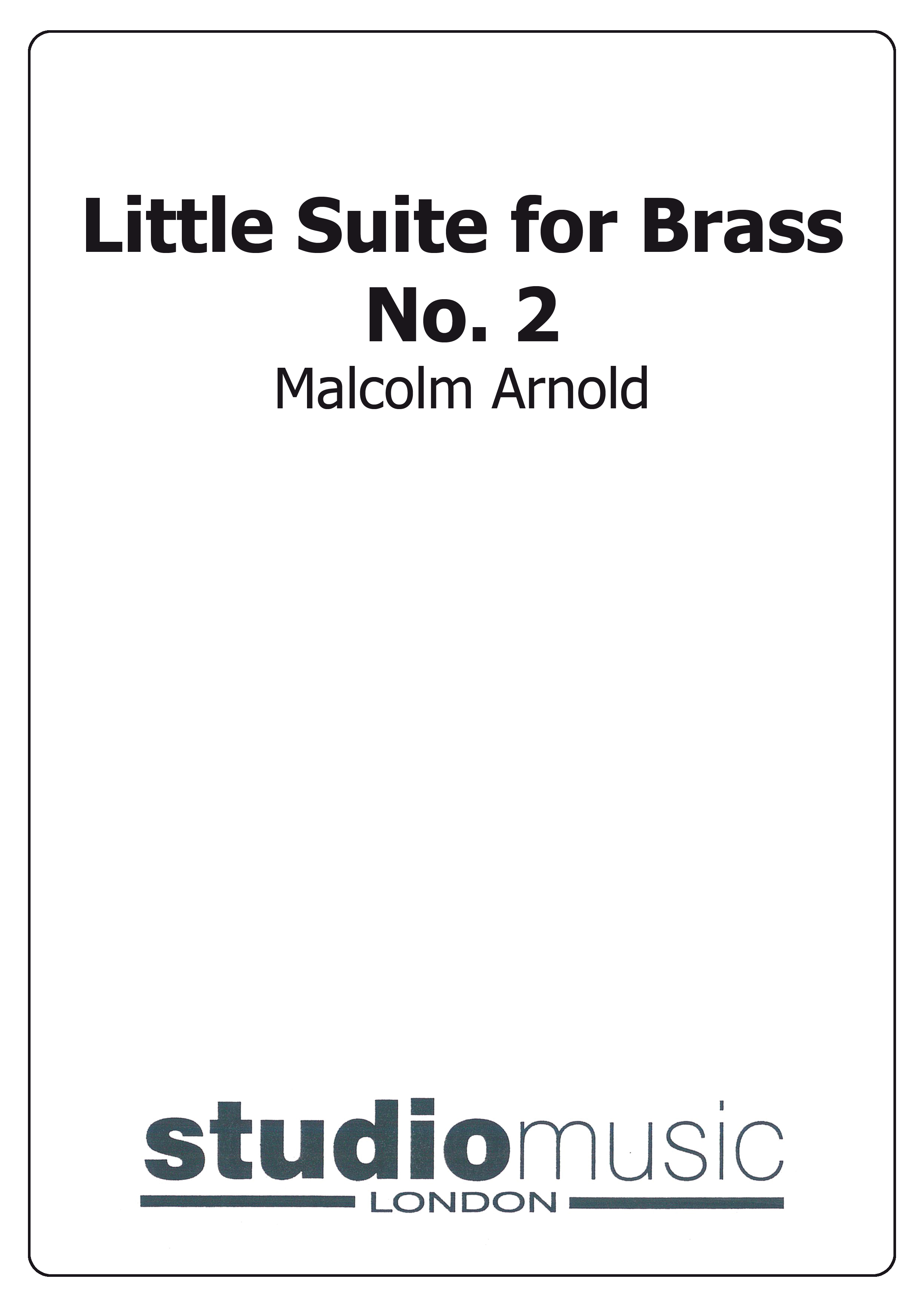 £39.95
£39.95Little Suite for Brass No.2 (Score and Parts)
Estimated dispatch 7-14 working days
-
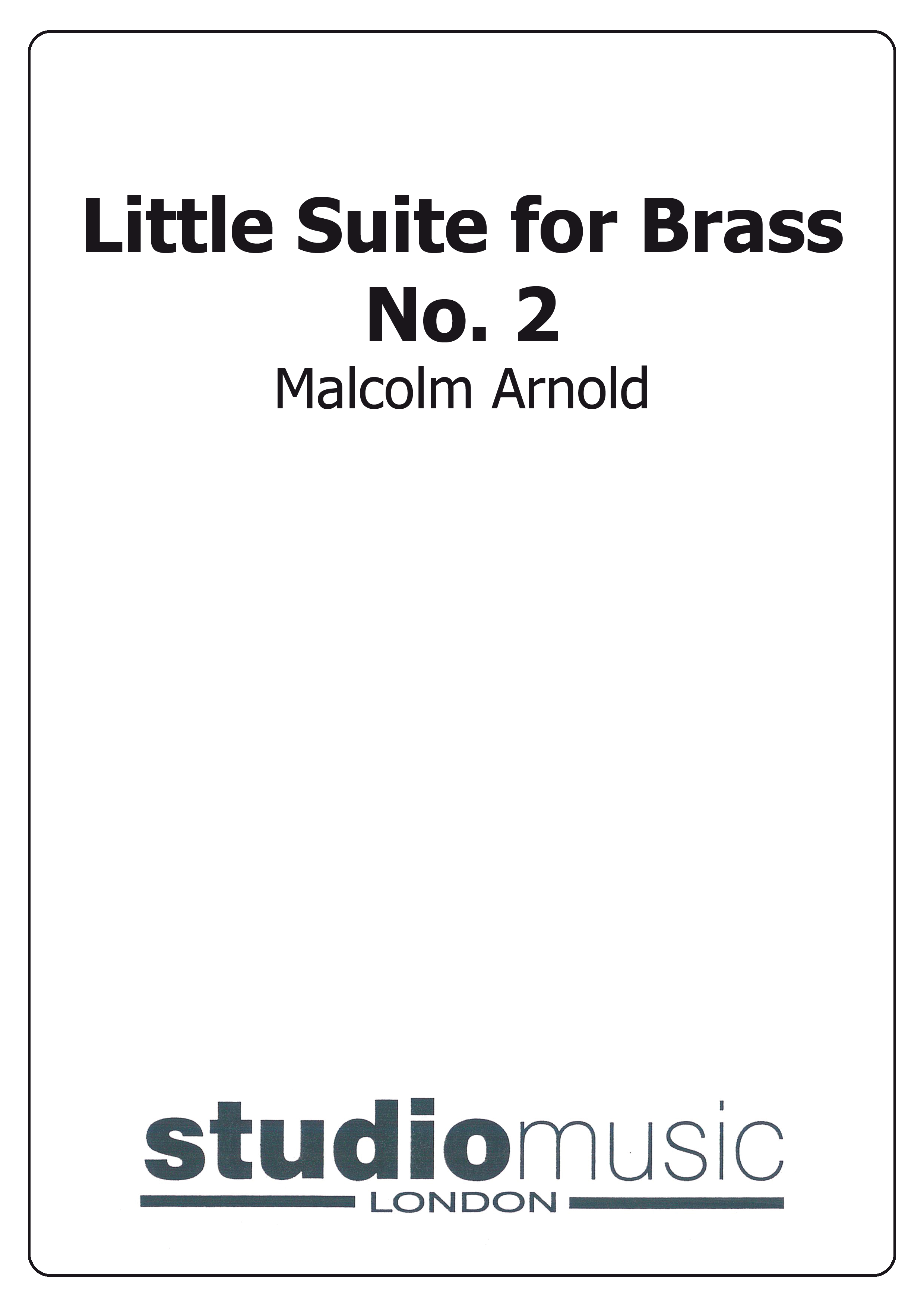 £32.95
£32.95Little Suite for Brass No.2 (Score Only)
Estimated dispatch 7-14 working days
